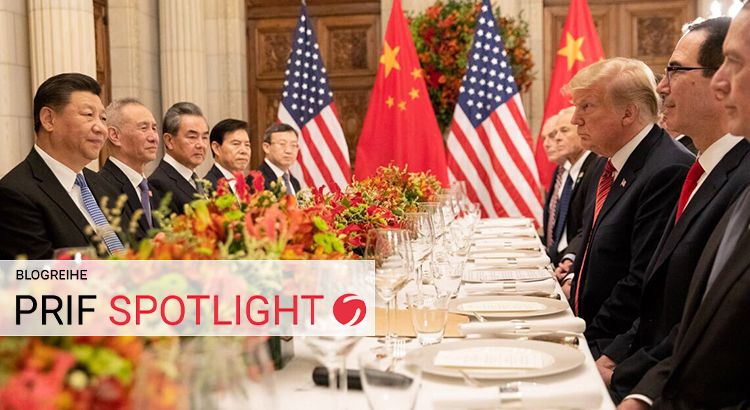
English, PRIF Spotlight, Serien/Reihen3. September 2020 | Pascal Abb
Fraying Ties: The Securitization of the US-China Relationship
The security dimension has long been the most contentious aspect of US-China relations, marked by strategic mistrust, great-power competition and several flashpoints in East Asia. Until recently, these tensions were moderated by much warmer and closer economic ties, civil society exchanges in business, education, academia, culture and tourism, as well as shared interests in globalization and trade. However, recent moves by the US and Chinese governments to “securitize” the previously…